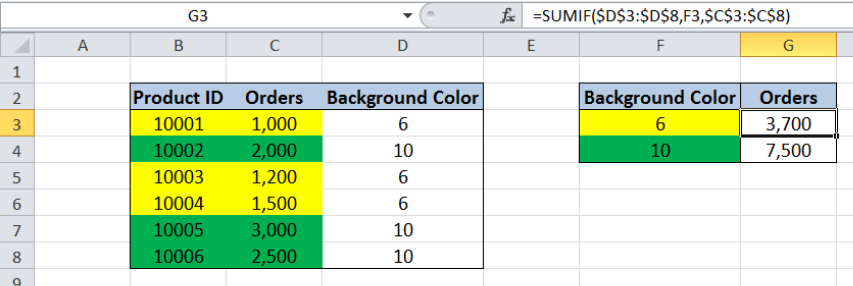
Notice how the formula in C2 now tries to add the value in C1 to the value in B2. Also, the formula that was in C1 is now in column C2, so the value in B2 is no longer being included in the overall total. The result in this example will look like this:Īs you can see, there is a #VALUE error in C2. The table has been sorted by Sales, from the smallest sales to the largest, and the formula that was in B2 is no longer first in the list. If the value in C3 is moved elsewhere in the table, the running totals will no longer calculate correctly, as you'll see in the example below. This is because all the values from cell C3 downwards rely on the value in C2. If you sort the table of data by a column other than Date, such as Sales, the formula will break. The spreadsheet is currently sorted by Date. This method works well, but has one key limitation.

You can create a simple addition formula.For the sample problem of the patients’ temperatures, we can assume that 10 patients represent only a sample set.If you have a column of numbers and you want to calculate a running total of the numbers in each row, you have two options open two you:.Variance = SSE/(n-1), if you are calculating the variance of a sample set of data.Variance = SSE/n, if you are calculating the variance of a full population.

However, if you are calculating the variance of a sample set, rather than a full population, you will divide by (n-1) instead of n.


It is actually the average of the squared differences from the mean. The variance is a measurement that indicates how much the measured data varies from the mean. Finding the SSE for a data set is generally a building block to finding other, more useful, values.


 0 kommentar(er)
0 kommentar(er)
